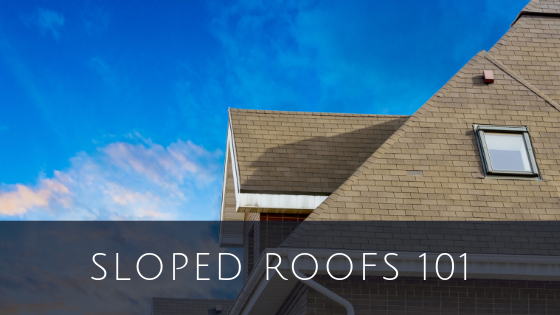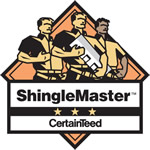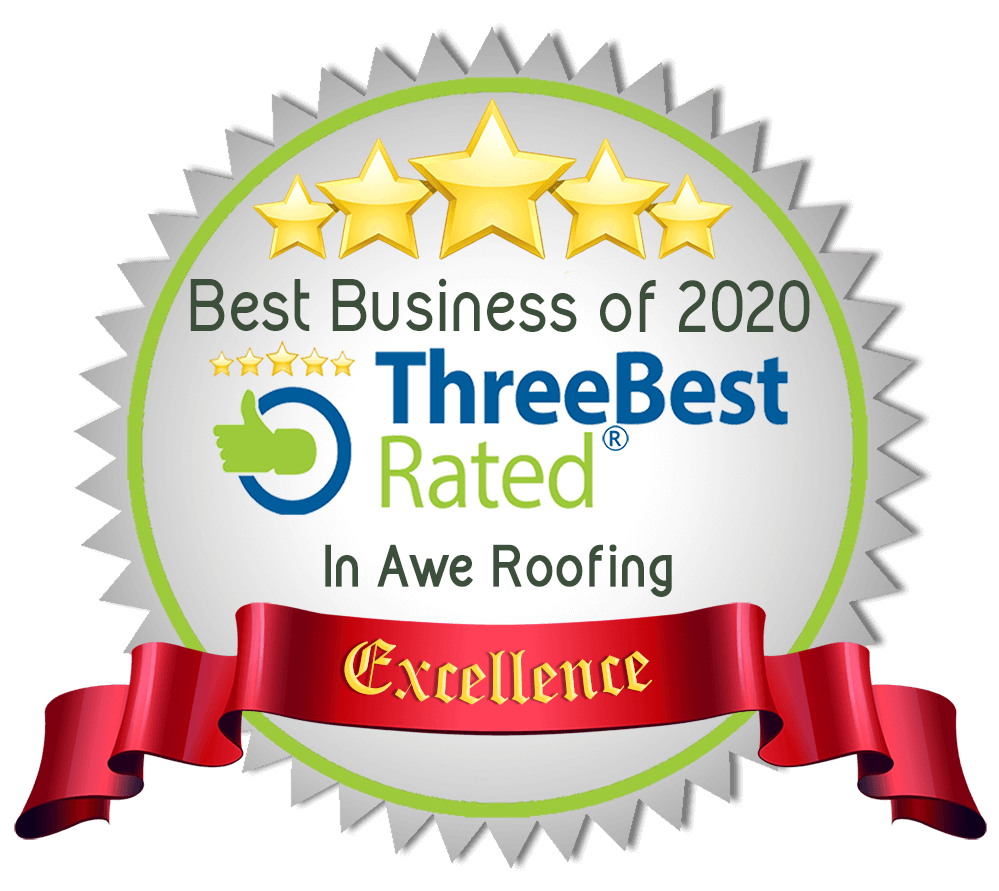Sloped Roofs 101

Setting up a roof is one of the most significant procedures while constructing any building. Since it is such an essential and critical part of the construction, as it seals the building and protects its contents, people want to pick the most suitable type of roof for their buildings. There are a number of ways roofs are built and also a number of materials that they are built with. These types depend upon the area where the building is and what type of building it is. One such type is called the sloped roof which also serves its myriad of purposes. Sloped roofs are more popular in cold regions or hilly areas to help with the drainage of snow build up or of rainwater. These are usually two sloped surfaces joined together, making a triangular point in the center at the top. These are most commonly used on huts and smaller houses rather than large commercial buildings because putting them together on a building requires labor and machinery which can end up being extremely costly over large areas. It has many other qualities and purposes.
Sloped roofs come in varying types according to the varying needs of people:
Clay
A clay roof is a relatively expensive choice as they are not easy to install. These work great in hilly areas and rural areas. These provide insulating properties for the building better than others. They are usually designed as separate tiles layered together. Since made of clay, these are easily customizable. They are light in weight but are sturdy by nature. They last quite for a long time. Its lifespan can be increased by installing a durable and long lasting underlay. These are inflammable therefore are not easily hinged. These are quite resistant to many sorts of damages. Their installation might be expensive, but the maintenance is very low. It’s commonly used to add to the house’s aesthetic quality as they come in various shapes and sizes. However, the newer clay tiles use only a layer of paint on top which can wear off quickly. Sometimes the clay used can have a lot of weight, and this costs even more since extra underlay strength has to be built first. Although the maintenance is low, their fragile nature can make it difficult and prone to breakage.
Thatch
This is the ancient style of roofs that have been in use since ages. Said to be developed in the 8th century A.D. these were initially made by using leaves and straws over small huts. Even today these are used for smaller and cheaper buildings. The thatched materials are extremely cheap and usually used for giving the house a rustic or vintage effect. The modern thatched roof uses many supports as an underlay. These can actually last a very long time if appropriate care is given. With proper maintenance, thatched roofs can last from 10 to 15 years which is good enough. The material has the natural capacity of keeping in the warm which is why this is considered to have great insulating properties. Thatched roofs commonly prevail in villages and such, but for a vintage look, they look very attractive in even cities. These roofs have a process of naturally darkening which creates a beautiful rustic effect that synthetic tiles will not give you. However, installing these roofs can be proved to be quite a laborious work. These can be very dangerous in case of fire as dried thatch will catch fire very quickly and spread it too. This can be prevented by applying fire retardant materials every once in a while.
Slate Roofs
Stone roof or slate roof is constructed by using sedimentary rocks that are obtained from clay and volcanic ash. Due to its composition, it is extremely tough and sturdy. It is applied in the form of tiles and is considered to be one of the strongest materials for roofs. It can be composed of many other minerals like graphite or quartz. The slate roof is a very durable choice that holds probably the best longevity; this is why it very highly expensive. The slate gives the house a very natural impression. It provides excellent resistance against fire and harsh weathers. It doesn’t get infected or deteriorated by insects. It does have a very limited color range, but since its natural, it usually doesn’t matter too much. Along with its natural composition, its heavy weight makes the installation process very costly however this might change with the quality and weight. Its heavyweight can sometimes call for an extra underlay work. Moreover, these tiles are prone to allow leakage as no welding has occurred.
Metal Roofs
A very commonly used and largely available, a metal roof provides strong protection for the building. The costs can depend on varying types of metals used. Mostly, steel is used to make these roofs as it doesn’t face dangers like rusting or corrosion. They provide a strong and water-resistant roof. They are laid out in the form of metal sheets. Reflective metals are particularly good in keeping the buildings cool and fighting off the heat. These are very strong therefore last a long while. They are also fire resistant and barely require any maintenance. However, since it may be heavy to lift, these can cost quite a few. They don’t require too much maintenance, and most of taking care can be done by the owner himself. Cleaning this roof would be very easy. This type of roof should be carefully picked as they can be extremely noisy in areas with too much rain. The steel used to make a metal roof is a recycled metal, which makes the metal environment-friendly.
Roofs are alternating every day as everything is. Many modernized forms of older style sloped roofs has emerged again which provides the people with more aesthetic options. However, sloped roofs work best in hilly areas and over small houses where they can fully perform their function of drainage.

In Awe Roofing Limited is an Award-Winning, family owned and operated Vancouver Roofing Contractor with over 17 years of roofing experience. We serve the entire Lower Mainland area, from Whistler to Chilliwack, employing a team of professional staff members. Our team has won numerous awards including Best of Homestars for the last five years, and Three Best Rated six years in a row. Learn more






















